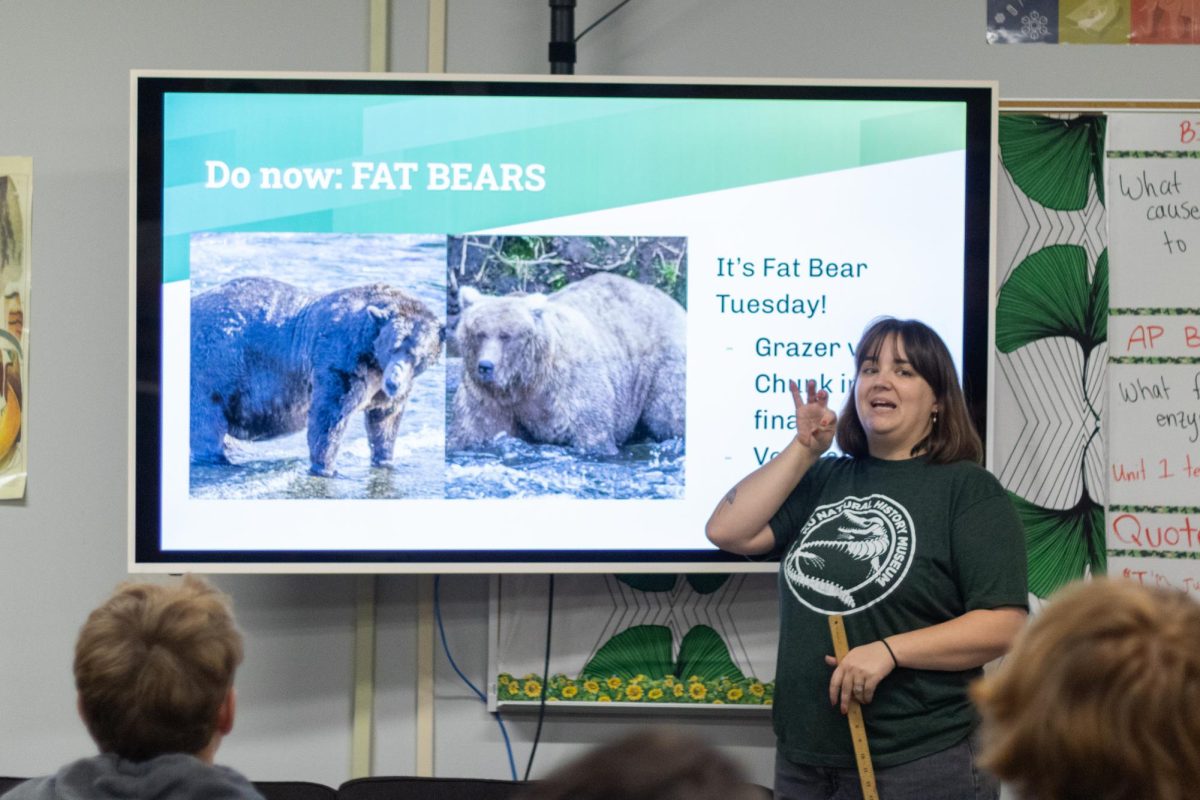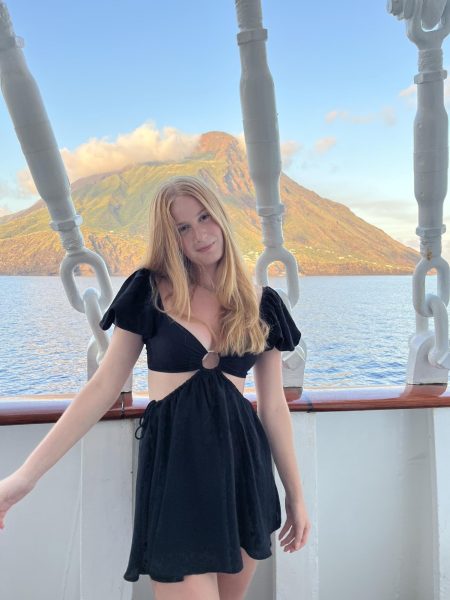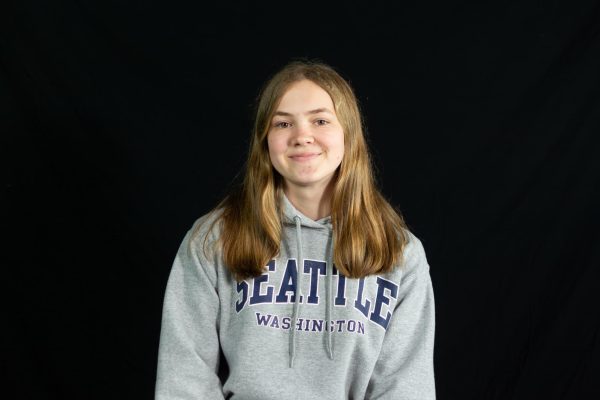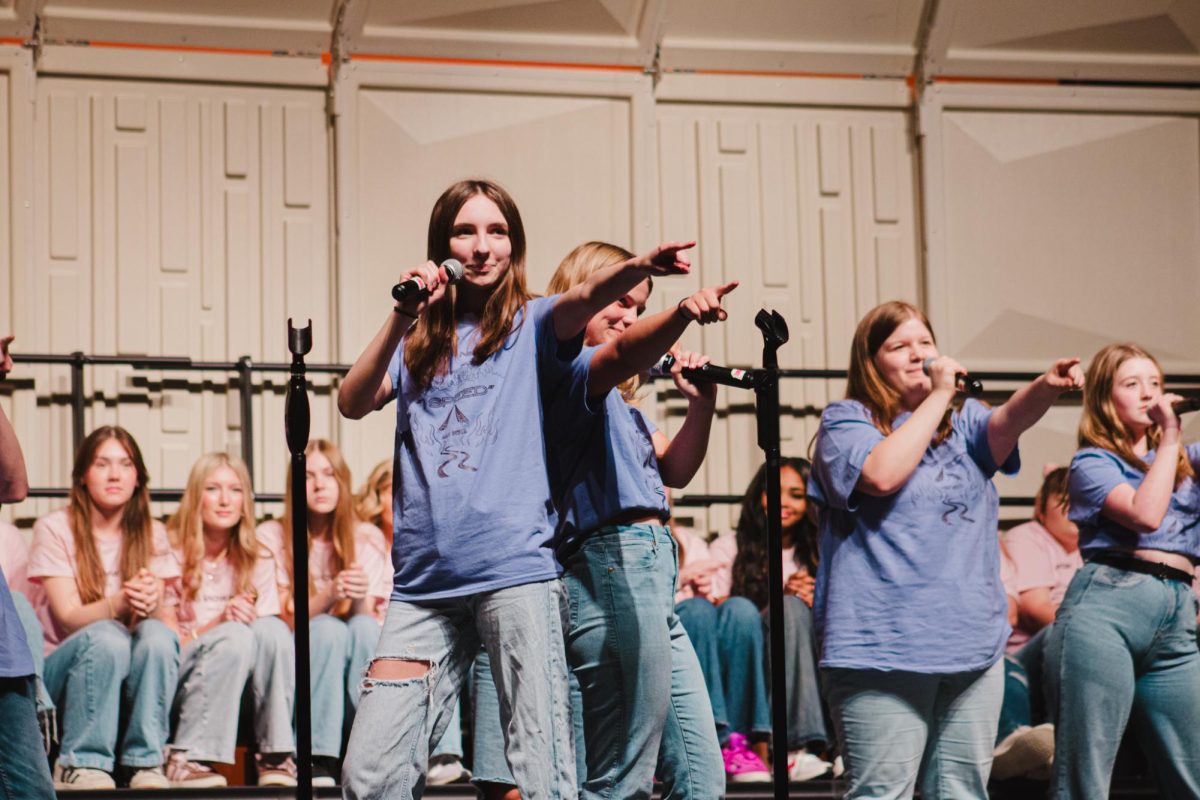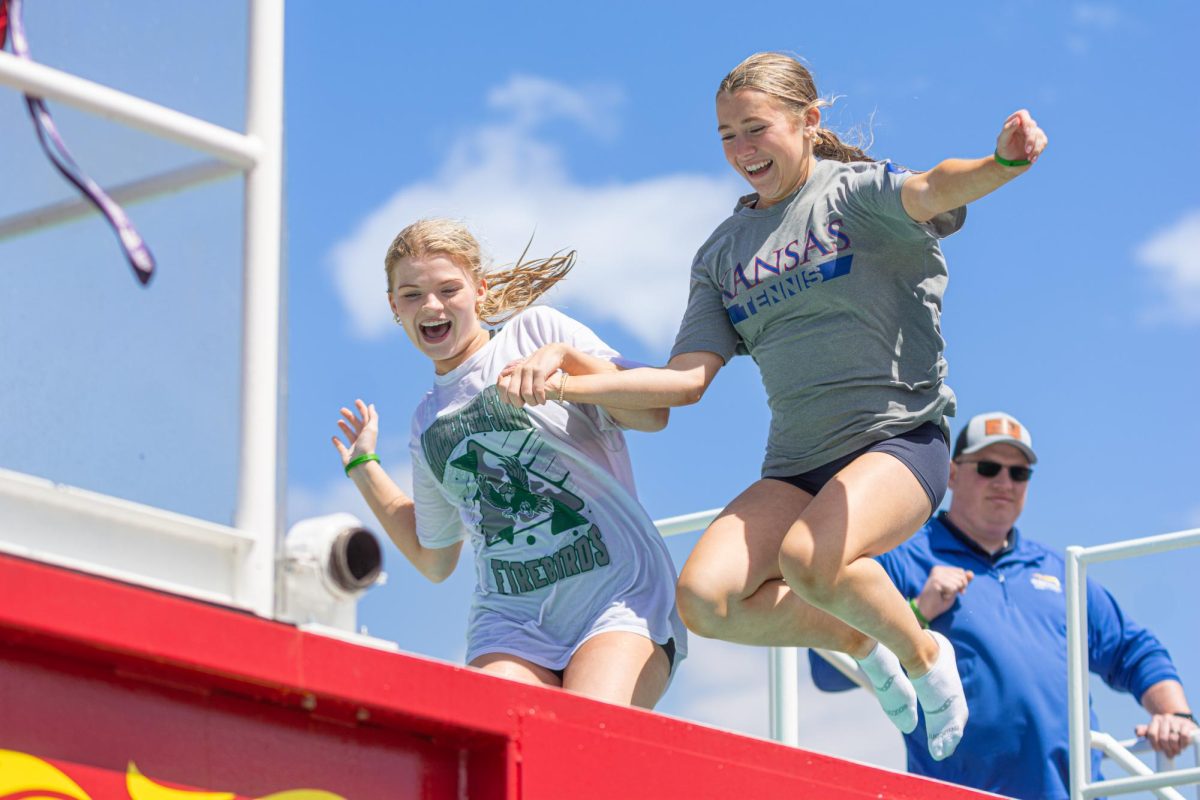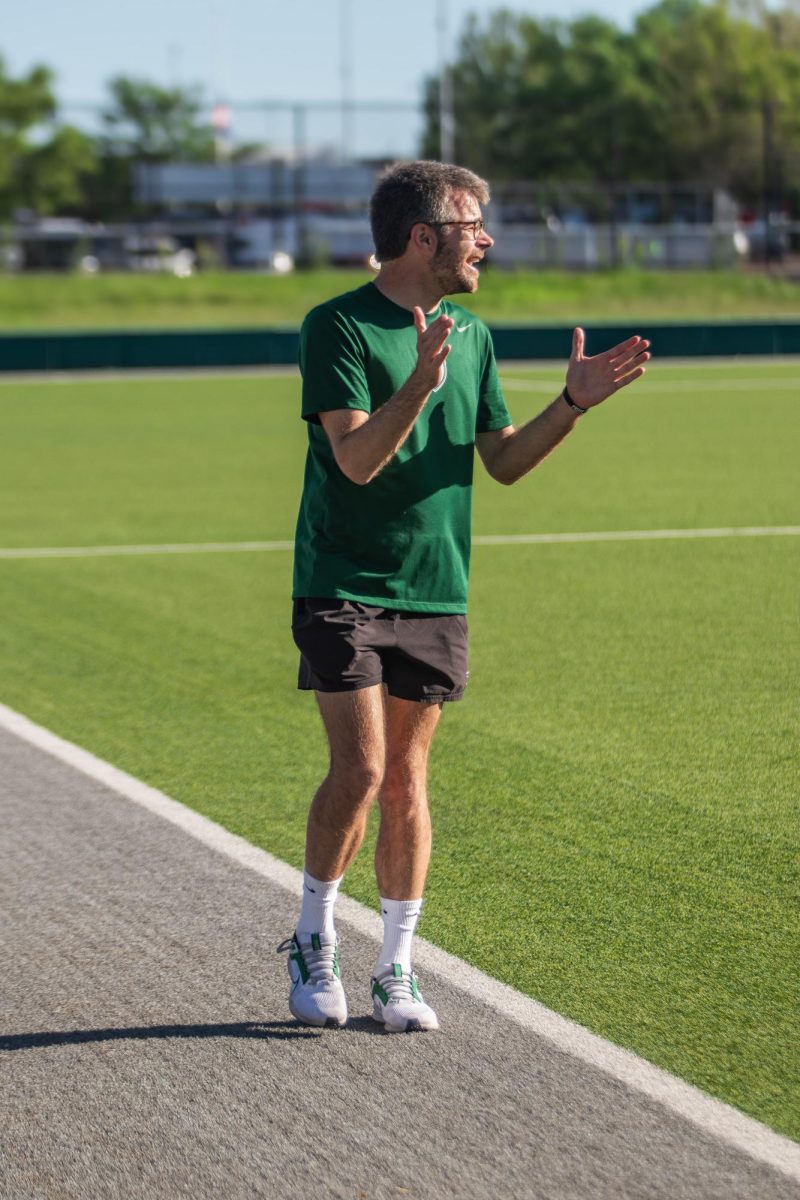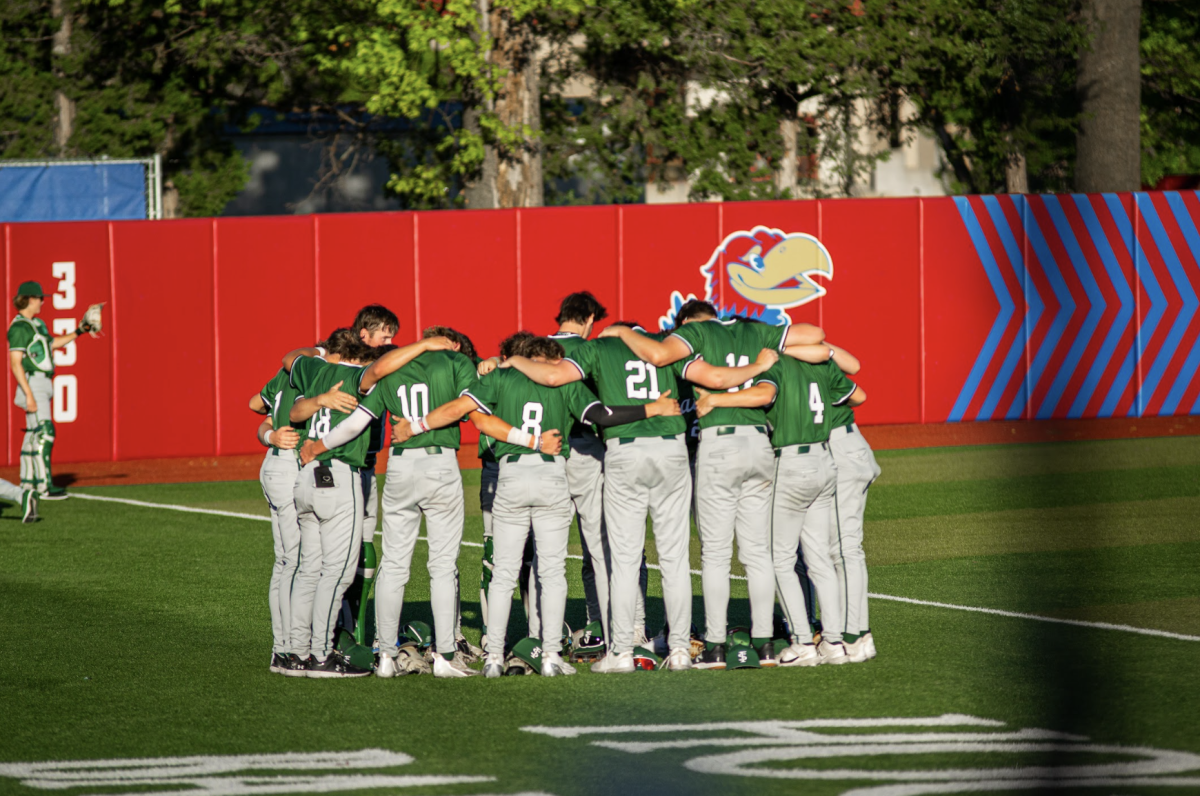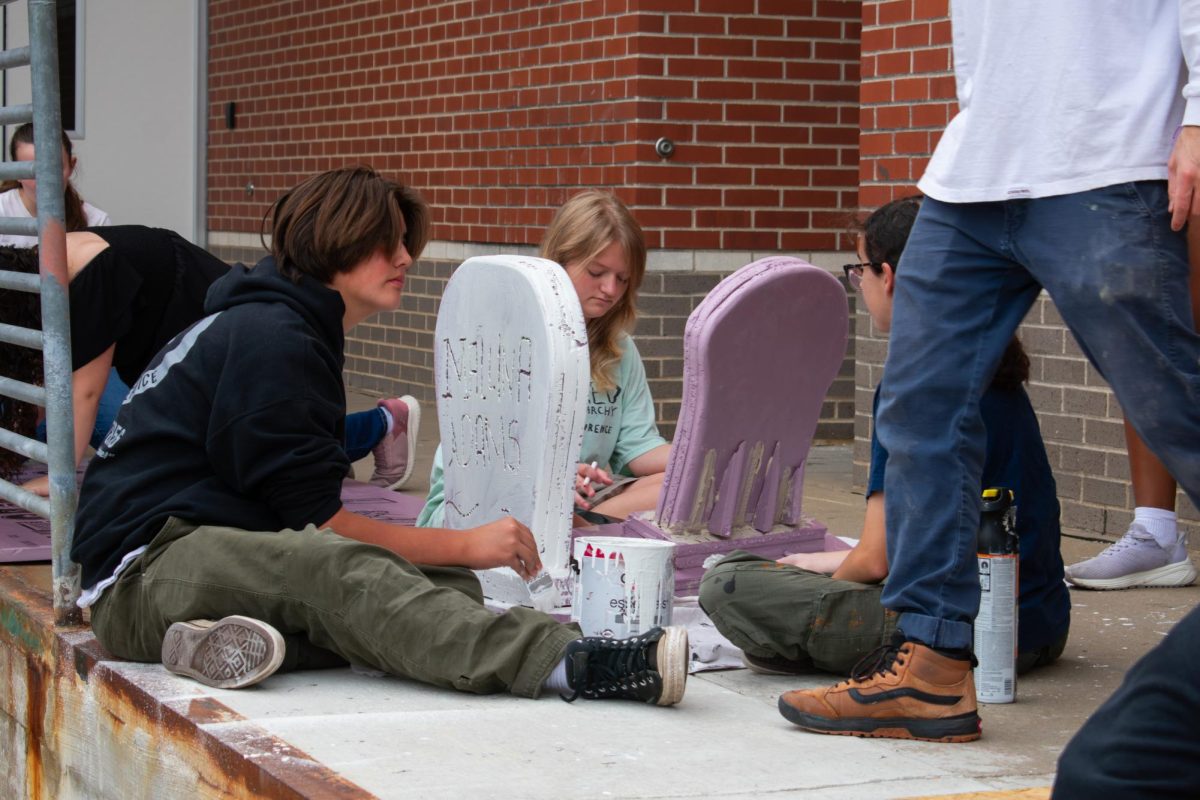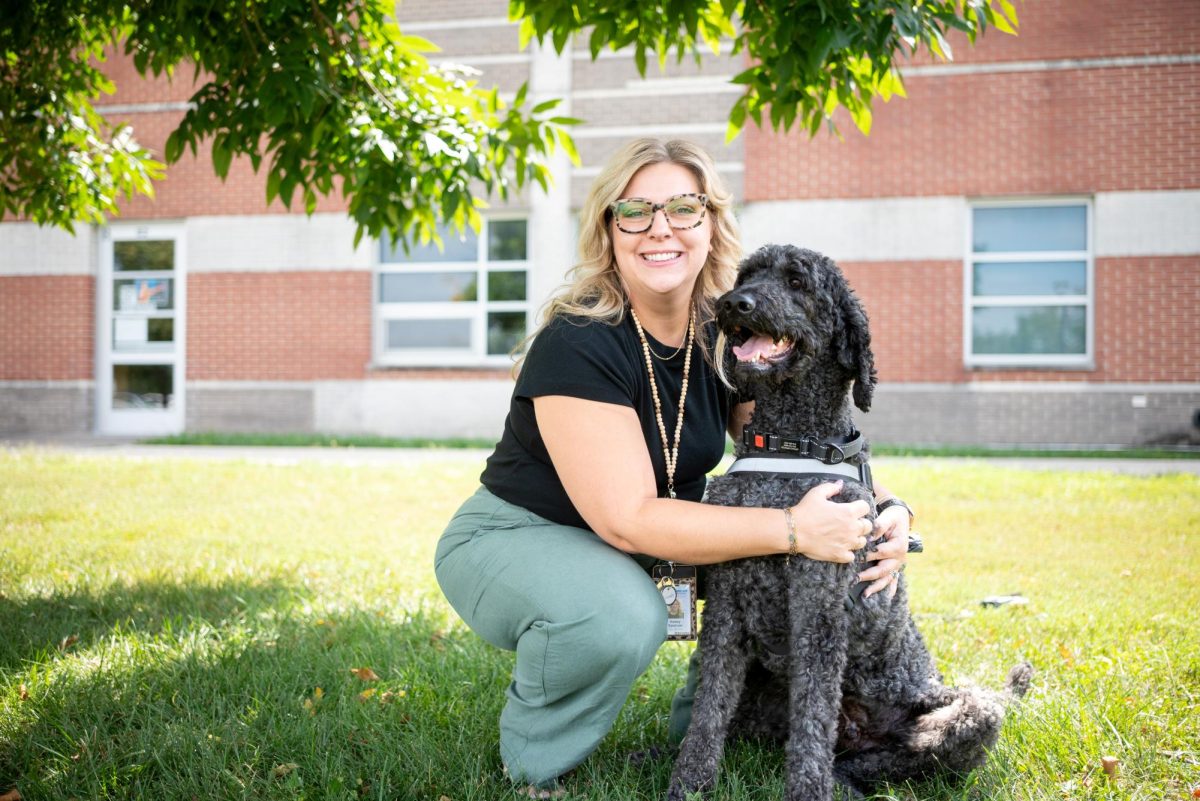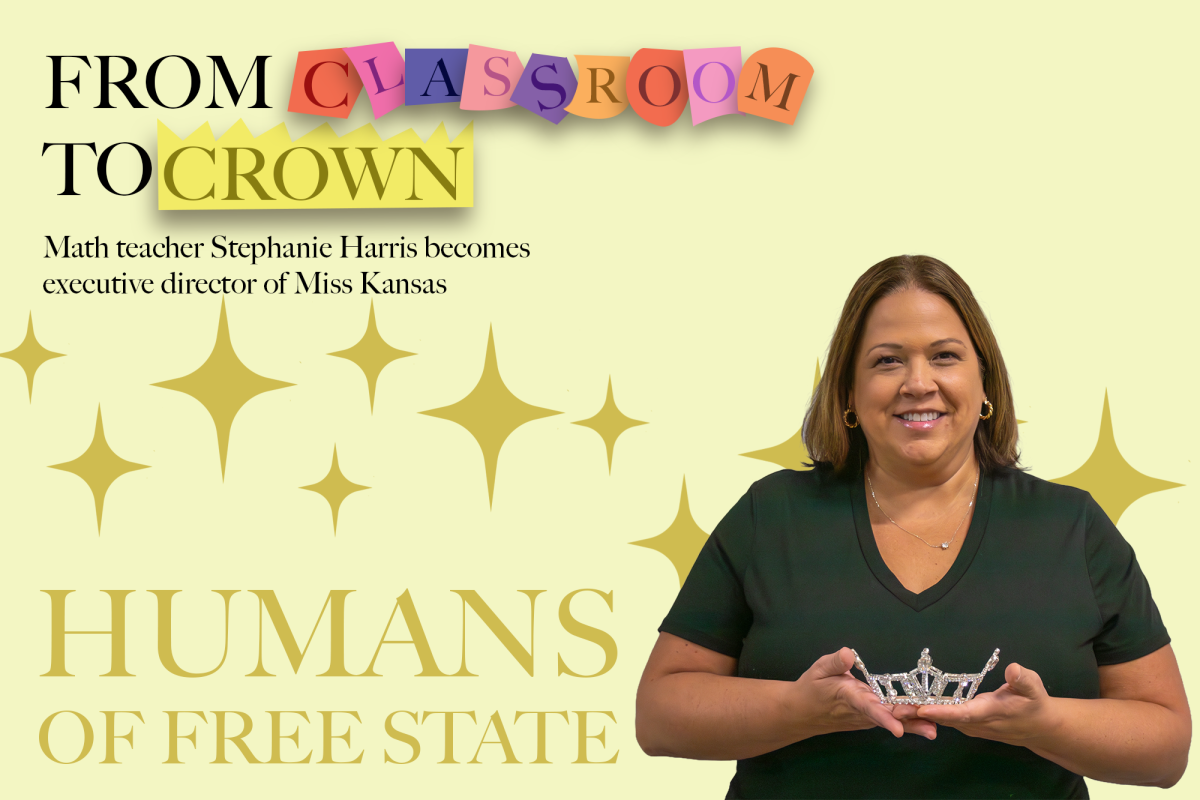Alaska’s Katmai National Park has hosted an annual competition on their brown bear population’s “fatness” since 2014. Katmai’s Fat Bear Week is not a scientific tournament -winners are decided each day by popular vote- yet, the competition’s popularity has helped highlight an important food chain in Katmai’s ecosystems.
Biology teacher Sara Abeita references the prey and predator relationship between salmon and brown bears in Katmai as a cause for the bears success in growth. Alaskan salmon carry nutrients and energy to inland rivers from the ocean where the bears are able to eat the salmon and gain more energy.
“The reason they get so fat is because there’s so many salmon, and there’s so many salmon because salmon are getting nutrients from the ocean,” Abeita said.
Alaska is one of few remaining places where salmon have naturally undisrupted open rivers that they can migrate up for spawning.
The success in Katmai’s salmon population is what allows these brown bears to get so big in size. Abeita references Fat Bear Week as a celebration of health as Katmai’s brown bears put on weight to prepare for hibernation.
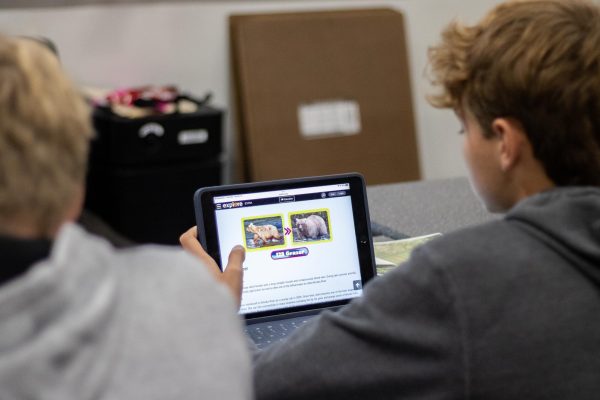
The competition is hosted on explore.org and showcases before and after photos of the bears over the summer as they bulk up for winter. The brown bears’ progress pictures are paired with biographies on their personalities and are open to the public for voting
“[Fat Bear Week] is just for fun; it’s not high stakes,” senior Arlo Haviland said.
This year’s final showdown on Fat Bear Tuesday was between two returning brown bears, 128 Grazer and 32 Chunk. After a fierce showdown, Grazer pulled ahead with a sweeping win of over 108,321 votes to Chunks 23,134.
Grazer is a strong female bear who has mothered multiple litters of cubs in past Fat Bear Week competitions, but by not having a litter to care for this summer, Grazer was able to pull ahead and put on weight by focusing on herself.


